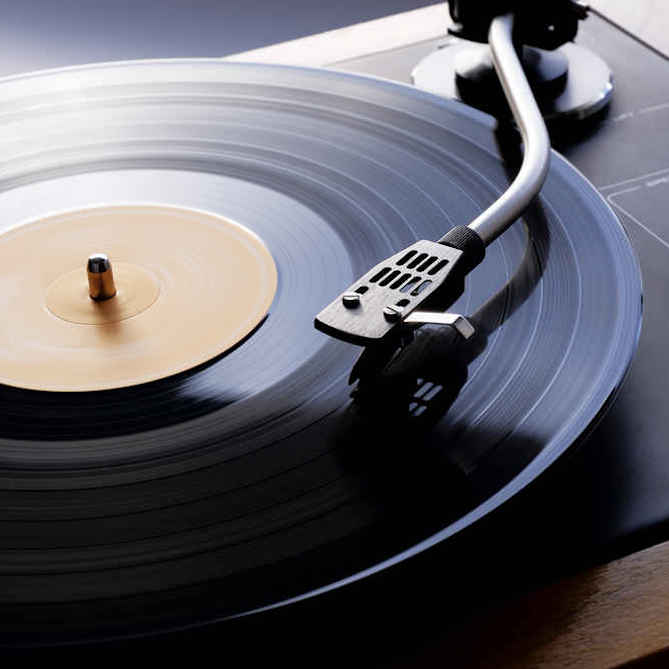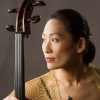
Learning Through Listening
Yeesun Kim
The other day in my studio class, an excellent question was brought up by one of the students. How do we use the recordings of artists for study purposes? What is the right way and amount to listen to these recordings? How much imitation is acceptable? Can it be somehow detrimental?
We had a wonderful discussion where everyone chimed in to share their experiences and thoughts about this question. It is a very important issue to be thinking about, considering how much easier it is to be downloading recordings than attending concerts these days. There are so many ways to collect many different versions of a piece one is interested in. Also, we can listen to it as many times and at any time of the day as we please. In other words, the power of convenience is so overwhelming that it creates an illusion that listening to a recording has an equal effect to hearing a live sound in a space specifically designed to enhance one’s experience. Does it?
The other day I was fortunate to hear a concert by NEC students in Jordan Hall of Schoenberg’s Pierrot Lunaire. The effect of sprechstimme is so theatrical and powerful in a purely aural sense. It is speaking in specific rhythm but very inflected, non specific pitches in order to emphasize the gestures and content of words. When you are in the same space with these performers, one can quite vividly feel the psychological contour of the narrator and as an auditor, you become an essential part of this dialogue. When we reached the end of 45 minutes, I walked away with a feeling “why do we speak any differently from this way, music or otherwise?” I felt transformed and convinced by this method of communication.
Also recently, I attended a symphony concert where the Brahms Fourth Symphony was on the program. It had been a while that I had a chance to hear it live. I was again struck by how many more details and layering of textures came to life when the sound was being produced right there and then. I could sense an interaction of various sounds coming together in that space that was magical and immediate. The players were really playing off of each others sounds and balancing and connecting in a beautiful sequence in every moment and that moment only.
There is another aspect about live concerts, which is the audience. When an audience unites their concentration on listening, it is a really powerful force. They are actively putting forth energy to commune in sounds created by musical instruments. Sometimes they are not familiar or comfortable with the style of communication, yet other times it seems as if musical expression is the only way to communicate certain feelings. The point is, we are in the same space, as a large entity, choosing to pass through time together to experience something extraordinary. I think this is not possible to reproduce by listening to recordings.
Recordings are little like snap shots or photos. There are many different types of photos and many different types of recordings, too. One can hear a candid recording of a concert or a well-tailored studio recording. Either version will certainly capture some essence of the sound, atmosphere, expression and artistry of the music and artists. I suppose each individual will have to make choices of what is viable at which point. But anyway you slice it, it is not the real thing and it should be used with this understanding. It is a supplement to jog your memory of the real experience in a real space. So, let’s see eachother at the concert!
Subjects: Artistic Vision
